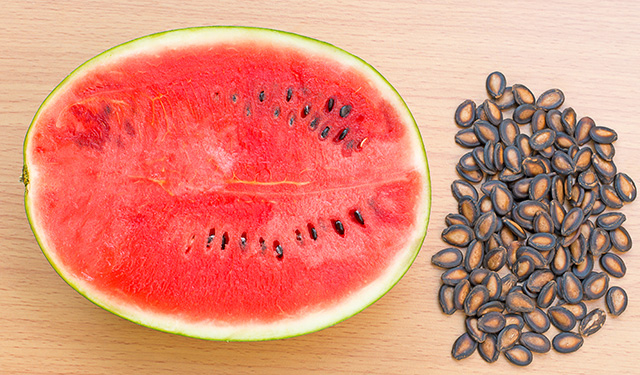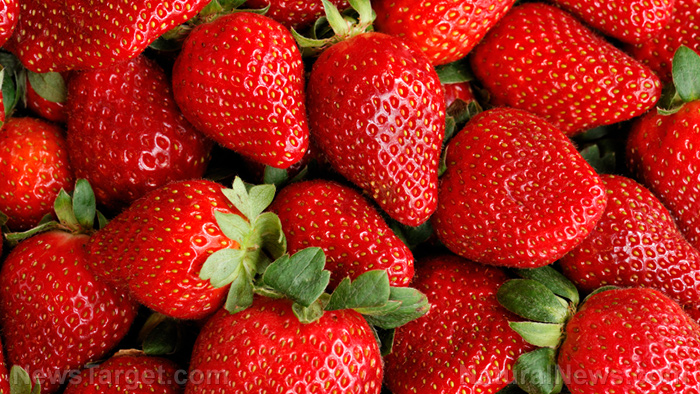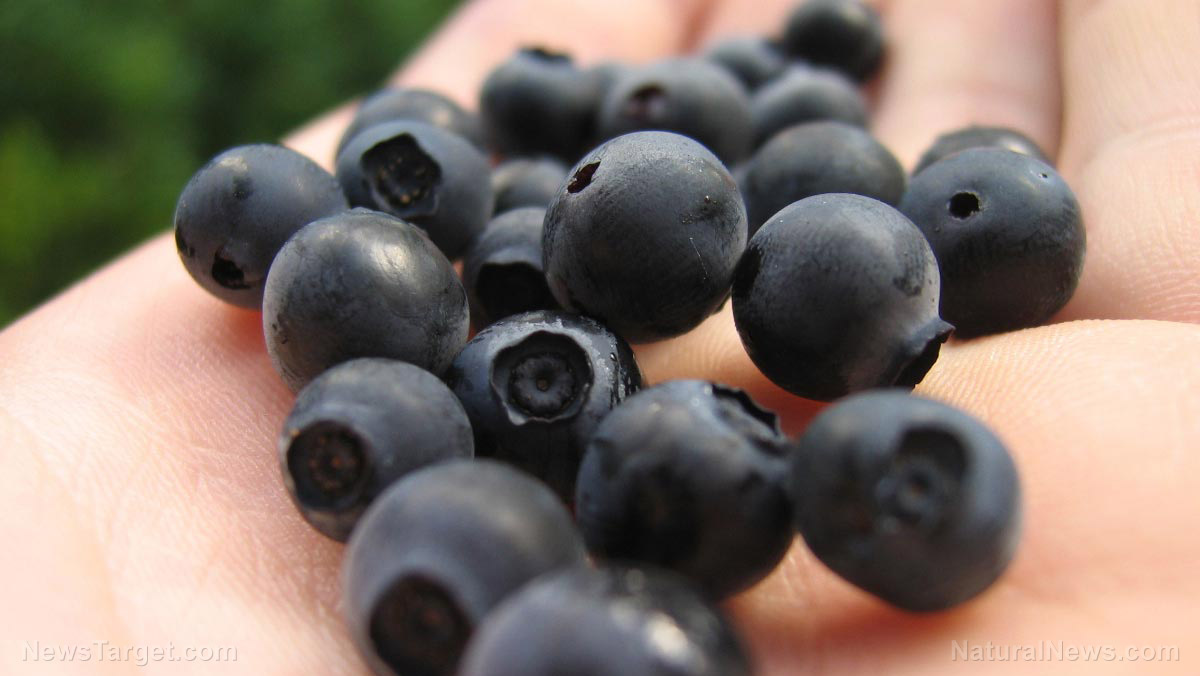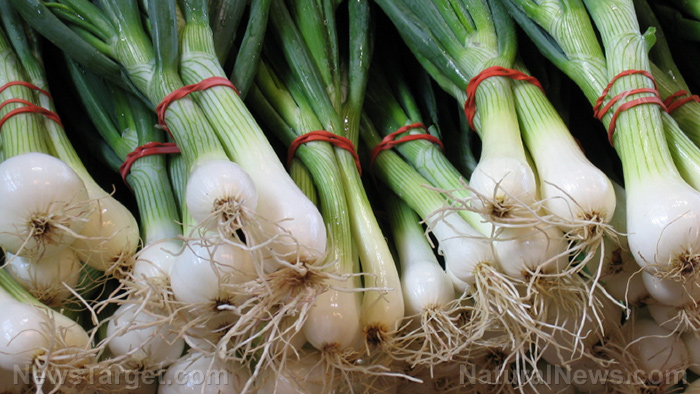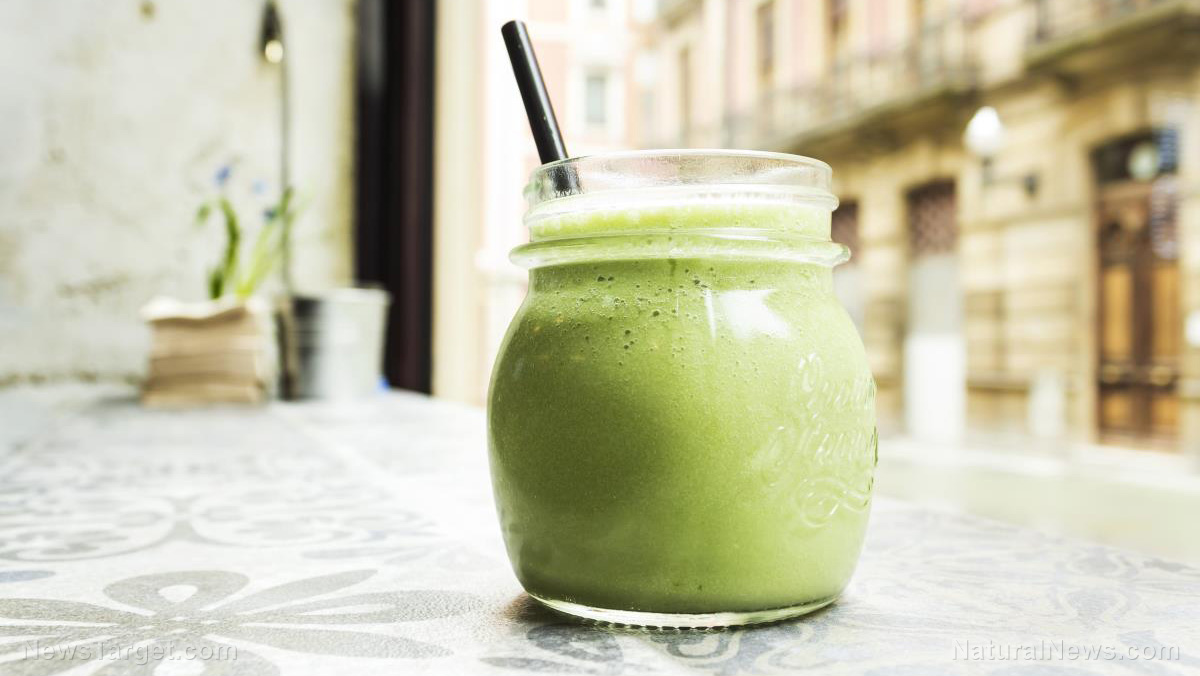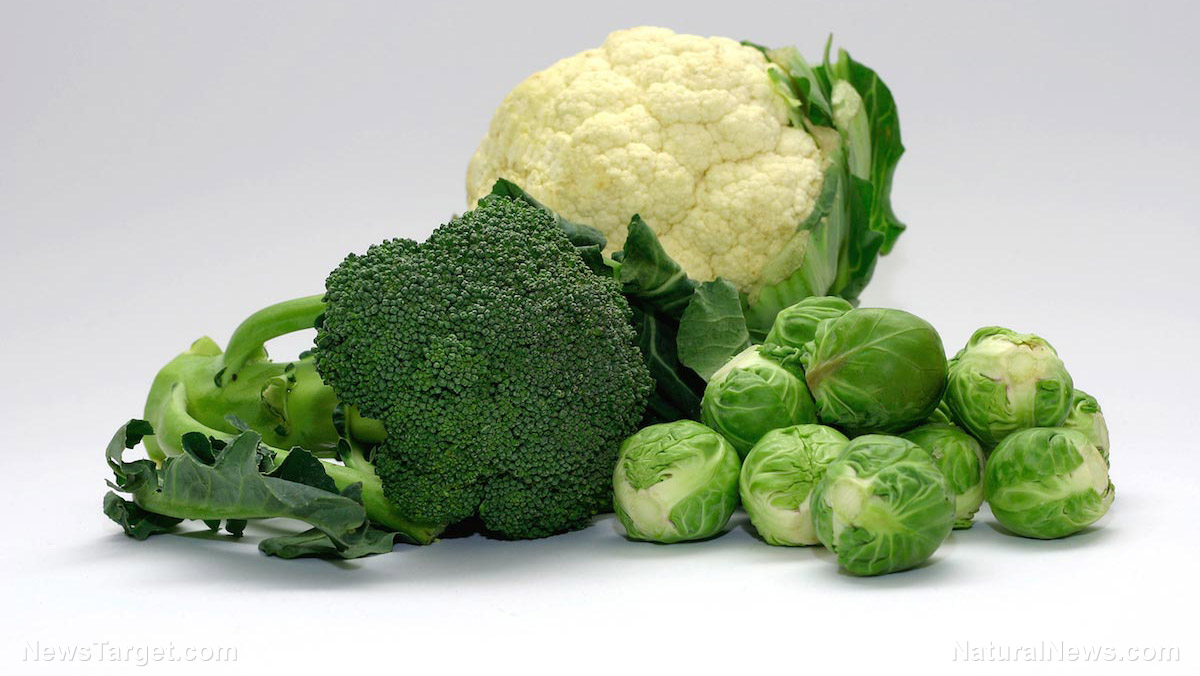Why you should be using coconut flour instead of processed, bleached, conventional flour
07/14/2016 / By D. Samuelson

You’ve used coconut oil, coconut flakes and perhaps you’ve imbibed coconut milk or coconut water. But where does coconut flour come from? Let’s crack that coconut open. The white fleshy part is considered the meat of this amazing super food. When the liquids are strained, ground or pressed out of this meat, and then dried at very low temperatures, you’ve got a batch of delicious coconut flour. It’s chock full of benefits. Coconut flour is not yet mainstream, but as health conscious consumers check out the delicate flour’s serious health benefits, and distinctive taste, it may soon be.
Coconut Flour is Gluten Free
As Natural News reports, coconut flour “contains none of the gluten protein molecules found in grains such as wheat, rye and barley.” This is a critical for the one out of every one hundred people globally are suffering from Celiac disease. Celiac.org has reported that there may be another 2 – 3 million individuals in the U.S. who have not been diagnosed. This digestive related auto-immune disease is exacerbated when the lining in the small intestine attempts to digest the gluten protein, a common ingredient in most wheat, barley and rye products. This internal attack on oneself can lead to more serious complications. If you’ve experienced celiac disease or other digestive issues, it’s also important to eliminate all genetically modified foods from your diet, as GMOs have been shown to create intestinal permeability. Fortunately, coconuts are not yet on Monsanto’s to-do list. Let’s keep it that way.
Coconut Flour is High in Fiber
Proper fiber levels are very important in digestion, elimination and for the detoxification of the body. Radiantlife.org reports that “coconut flour is naturally 75% fiber in composition, containing 9 — 10 grams per two tablespoons.” If an adult’s fiber intake is 25 – 30 grams, a few tablespoons of coconut flour will easily help you attain that goal. Add those tablespoons of coconut flour in your muffins, breads, sauces, cereals, daily smoothies — the list is endless.
Coconut Flour helps Maintain Sugar Levels
Coconut flour, according to nutrition expert Dr. Axe, is a “low glycemic food and does not spike blood sugar levels.” Individuals who struggle with diabetes, or pre diabetes are able to utilize coconut flour because of these properties. Coconut Flour may also be beneficial for those seeking a more healthy weight.
Coconut Flour has the Good Fat and Trace Minerals
Coconut oil is known for its beneficial medium chain triglycerides, or MCTs. These are the healthy saturated fats that are better utilized by the body and can even boost one’s metabolism. Natural News reports that the MCTs also have “antiviral, antimicrobial and antifungal properties.”
The trace minerals locked inside coconuts are generated from the “mineral-rich volcanic soils of the tropics and naturally fertilized with sea water,” according to Radiantlife.org. If only all of our food were developed from potent, biologically active, nutrient robust soil.
Coconut Flour is High in Protein
Nutritiondata.org reports that just two tablespoons of coconut flour contain 16% protein. The industrial wheat flour, white, bleached and unenriched gets close at 15% protein. But who wants industrial wheat white bleached flour?
If you haven’t yet tried coconut flour in your own recipes, it’s time to experiment! And when you do purchase this fabulous ingredient, check out the color. It should be organic, a nice white color, and of course, no additives, fillers or preservatives. As coconut flour grows in popularity, accept no substitutes. Try a taste of the tropics today. Enjoy a steaming cup of organic coffee with this delightful coconut flour bread recipe.
Sources:
Tagged Under: Coconut Flour Benefits, Coconut Flour Bread Recipe, Coconut Flour Gluten Free, Coconut Flour has Trace minerals, Coconut Flour High Protein, Good fats, Low Glycemic Flour


